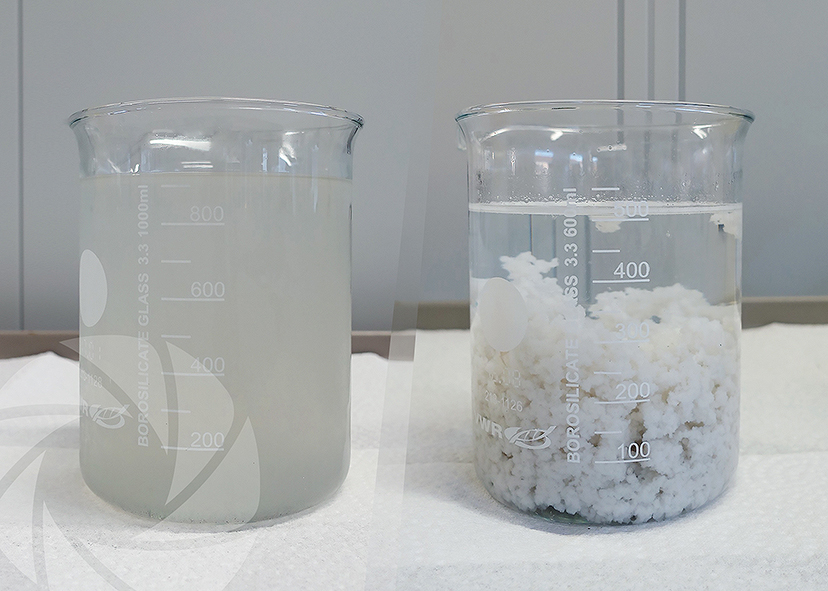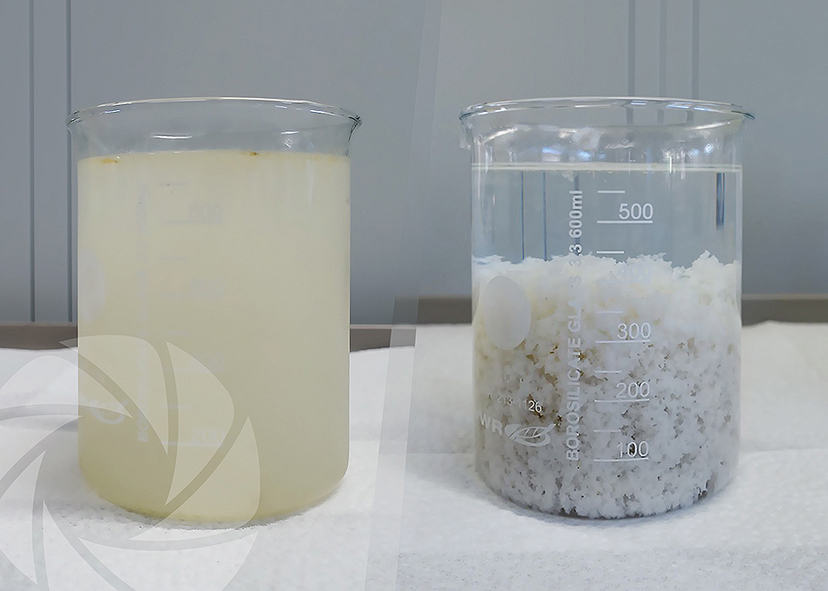For their surface treatment process and post-activity rinsing, the washing baths need to be supplied with demineralized water at a rate of 1m3/h and in a conductivity range of 0.3 to 50 microsiemens. The washing tunnel in question generates wastewater at a rate of 300L/h. With five wash tunnels operating in two 8-hour shifts, our customer generates up to 24,000L of wastewater per day. This wash water is mainly loaded with cleaning products, oils, greases, metal particles and abrasive dust.
With no wastewater treatment plant, the wash water has to be stored before being removed for disposal by an external service provider, involving relatively high disposal and reprocessing costs. Our customer called on the NISKAE team to determine a suitable physico-chemical treatment solution for the treatment and disposal of their rinse water, in compliance with current regulations.


